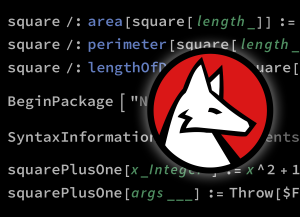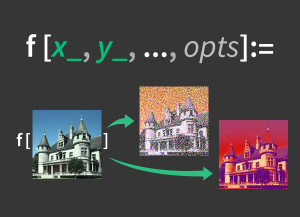 Programming & Applications
Programming & Applications
Learn to develop and deploy a useful application in minutes and how to build a major production system in days. Find out about the advantages of using a knowledge-based symbolic language that supports a variety of programming paradigms.
These courses offer topics for beginners and more advanced programmers. The beginner-level courses are meant to introduce new users to Wolfram Language basics. Higher-level courses are aimed at more experienced users to improve their understanding of specific features of the language and to help them create scalable programs for immediate deployment, both locally and in the cloud. Certification opportunities are available for proficiency in using Wolfram Language as well as for completion of specific courses.
Upcoming Events
-

Dec 16 | Online
Programming and Development in Wolfram Language
Learn about advanced programming and development concepts in Wolfram Language. This course is the third and final part of the programming proficiency course sequence, following Programming Fundamentals and Practical Programming.
-

Dec 16 | Online
Writing a Wolfram Language Function
Learn how to write an effective and efficient Wolfram Language function that is robust, gives a clear output, has wide-reaching applications and has clear documentation.
-

Feb 24 | Online
Wolfram Language and LLMs
This instructor-led course will show you different ways you can use LLM technology alongside Wolfram Language, including how to use the conversational interface of Wolfram Notebook Assistant, Chat Notebooks and the programmatic operations possible with built-in LLM functions. Write code that interfaces with different service providers' LLM models from within the Wolfram environment as well as provides symbolic representation of tools that can be used by LLMs.










